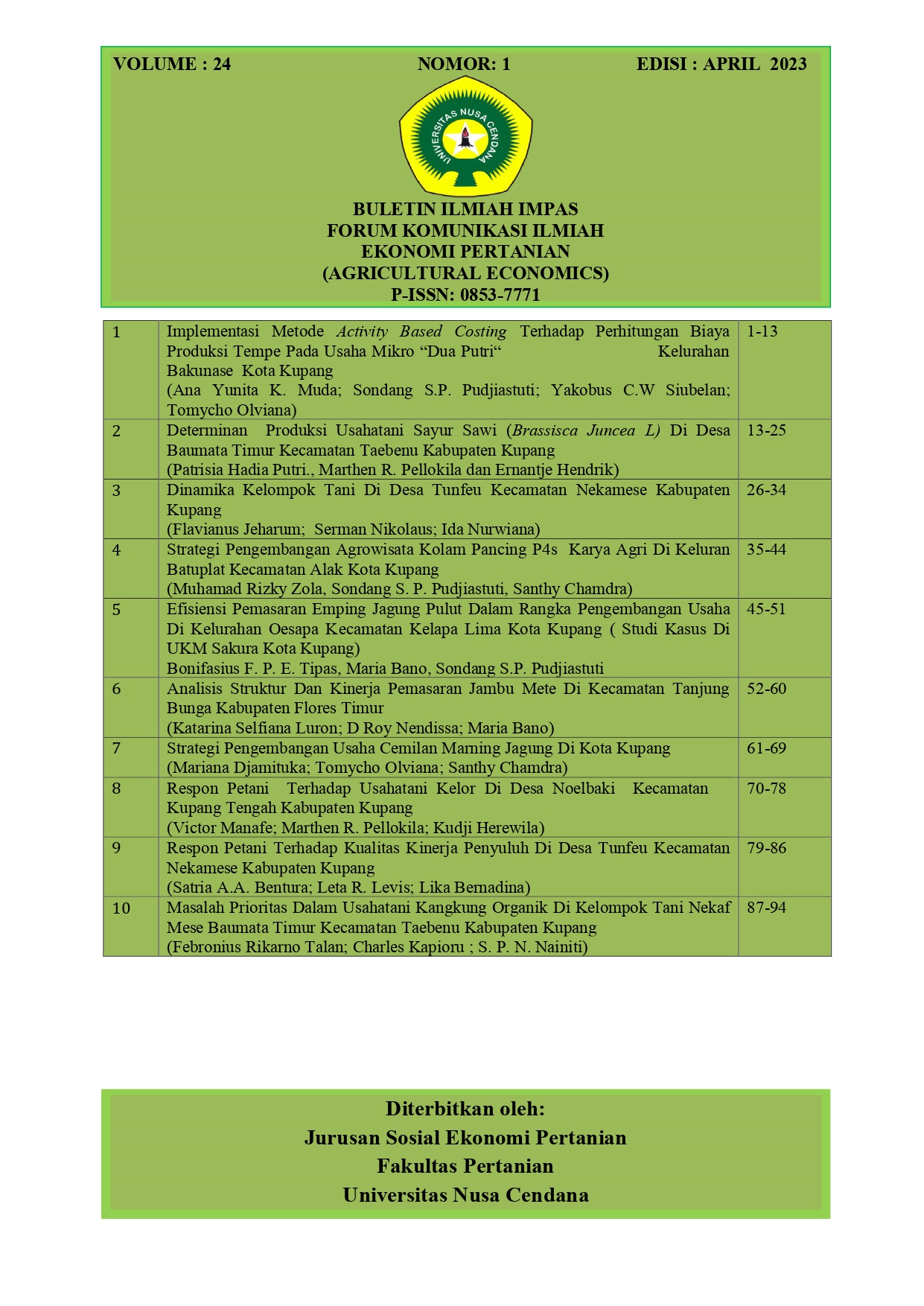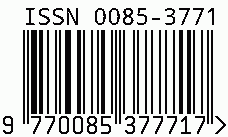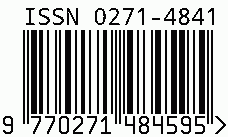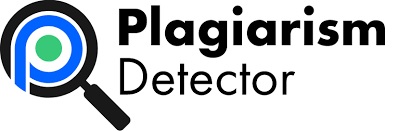DETERMINAN PRODUKSI USAHATANI SAYUR SAWI (BRASSISCA JUNCEA L) DI DESA BAUMATA TIMUR KECAMATAN TAEBENU KABUPATEN KUPANG
Abstract
This research was conducted in East Baumata Village in April 2020. This study aims to (1) know the factors that influence the production of mustard vegetables and (2) know the income obtained from the vegetable farming in the village of East Baumata Taebenu District Kupang Regency. The analytical tools used linear regression doubled Cobb-Douglas's approach. The respondents used were all mustard vegetable farmers in East Baumata Village which amounted to 41 respondents. The data type consists of primary data and secondary data. Primary data was obtained from direct interviews and documentation with respondents, while secondary data was obtained from relevant agencies in this study. Data analysis tools used in this research consist of; (1) descriptive analysis, (2) kuantitatf analysis using Cob-Douglass functions reformed into the form of multiple regression equations, and (3) revenue and revenue analysis. The results showed that land area factors, seeds, organic fertilizers, inorganic fertilizers, pesticides, labor together significantly influenced the production of mustard in East Baumata Village. Partially variable land area and seeds have a significant effect on the production of mustard in East Baumata Village. While that has no effect and is not significant to the production of mustard vegetables, namely organic fertilizers, pesticides and labor. Inorganic fertilizer factors have an effect but are not significant to the production of mustard farming. The amount of income obtained from mustard vegetable farming in East Baumata Village amounted to Rp3,872,624/respondent with the largest income of Rp5,420,150 and the smallest income of Rp2,720,850.

 Patrisia Hadia Putri(1*)
Patrisia Hadia Putri(1*)















